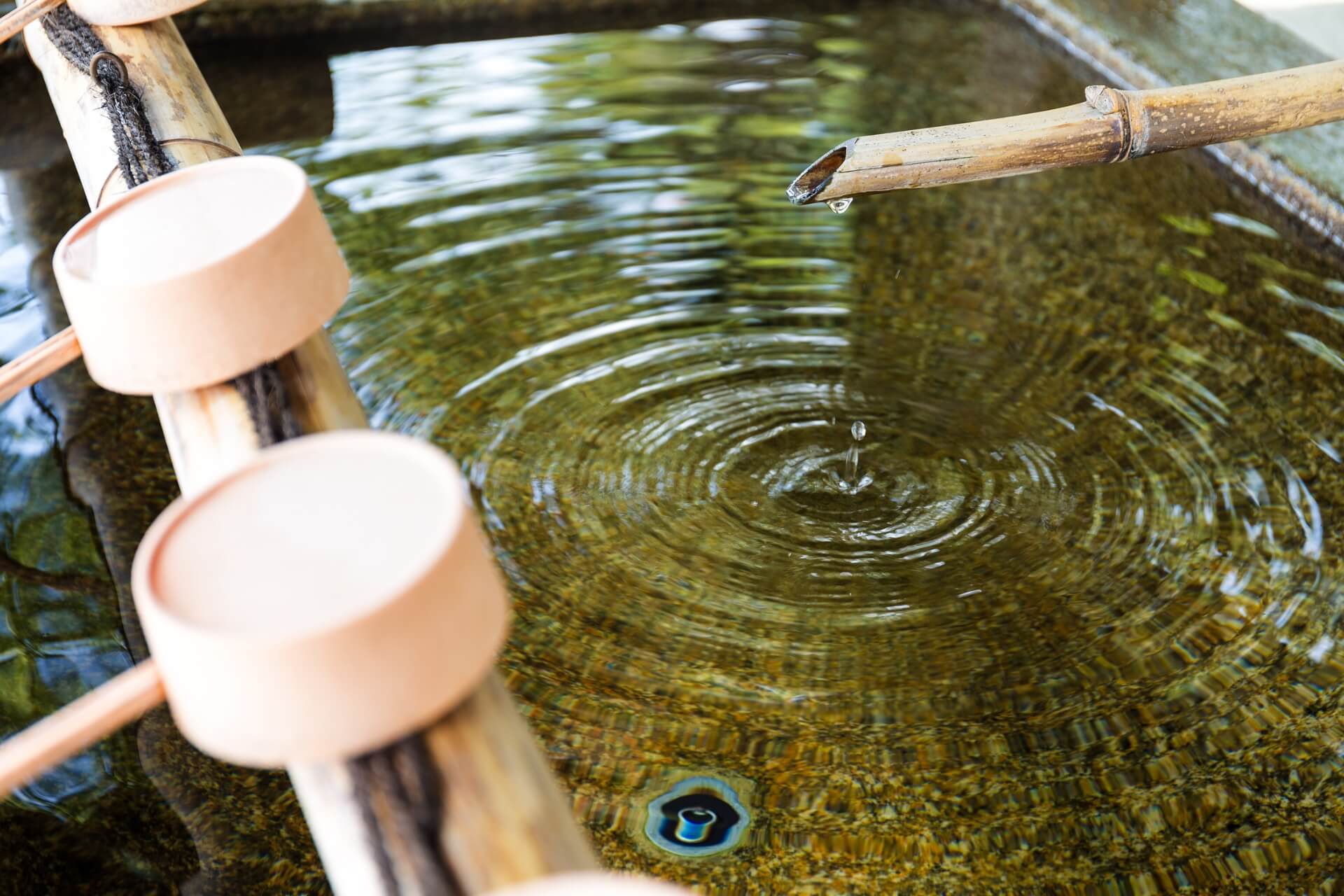
Last Updated: 10 Aug 2025 13. Buddhaspeed to You 【Column: Leap Before You Look】
If you ask people in Japan what their religion is, they’ll probably say they don’t have one. But those people may have a small 神棚 (altar) in their kitchen, visit a 神社 (shrine) or a お寺 (temple) on certain occasions, and hold life events including 結婚式 (weddings) and お葬式 (funerals) at 神社仏閣 (shrines and temples). However, even after you point out these things, they would still insist that they are not religious.
I am one of them. I don’t consider myself religious. But while growing up in Japan, on many occasions I went to shrines and temples and threw in some 小銭 (coins) in お賽銭箱 (offering boxes) and prayed for 家族の健康 (household wellbeing), 学問成就 (academic achievements), and so many other things.
I wasn’t even aware of the difference between shrines and temples when I was little. Shrines are associated with Shintoism and temples with Buddhism. Shrines typically have a 鳥居 (torii gate or gates) usually in vermilion color, while temples have a 山門 (sanmon gate), a gate with a tiled roof.
Shinto shrines are often dedicated to various deities associated with natural elements and animals. I personally like 稲荷神社 (inari shrine), which is associated with 狐と稲 (fox and rice). They have statues of foxes, which when I was a little girl, I found a bit scary and cool at the same time.
You also see stone statues called お地蔵さん (Jizo) in temples and along roadsides throughout Japan. They protect children, travelers, and lost souls. When I was young, I found them somewhat 気味が悪い (creepy) especially the ones with red bibs. But shh, you didn’t hear this from me.
Shintoism and Buddhism have 調和して共存してきた (coexisted harmoniously) in Japan for a long time. Shintoism is often associated with everyday life such as 出産と結婚 (births and weddings) while Buddhism is associated with 来世と死 (afterlife and death). Both are pragmatic way of life (and death) rather than being organized religions. Thus, we call ourselves “not religious” even though we do observe rituals of both Shintoism and Buddhism. If you find this as a contradiction, you まだまだ長い道のりが待っている (have a long way to go) before understanding Japanese culture.
Related articles
The culture component and why it matters in management
Let me start with what might at first appear to be a personal story unrelated to cross-cultural mana
21. Shower, Bath & Beyond【Column: Leap Before You Look】
The 26th of every month is designated as a “風呂の日 (furo day, or bath day)” in Japan. This comes
20. Cultured Culture【Column: Leap Before You Look】
When I was a young girl, my mom was ハマる (hooked on) コンブチャ (Kombucha) for a short period of time.&nbs




